Safeguard Your Ears This Summer
Summer is here, and it's time to soak up the sun and embrace the excitement of the season. From beach parties and music festivals to backyard barbecues and water sports, the options for fun seem endless. But amidst all the noise and revelry, it's crucial to protect your precious hearing. Don't worry, we've got your back! In this blog, we'll dive into some tips on how to safeguard your ears this summer while still rocking those awesome, noisy summer activities. How Loud Is It Really? Let's talk numbers for a moment to highlight just how loud some of these summer activities can get. Concerts and music festivals can reach ear-piercing levels of up to 120 decibels (dB), comparable to a jet engine taking off! Fireworks can explode with a bang of around 150 dB, equivalent to standing next to a roaring freight train. Motorized water sports, like jet skis or speedboats, can generate noise levels of up to 100 dB, akin to the sound of a chainsaw. It's important to realize that prolonged exposure to sounds above 85 dB can cause irreversible damage to your hearing. So, understanding the intensity of these noises emphasizes the importance of taking precautions to protect your ears during these exciting summer activities. 5 Tips to Protect Your Ears and Still Have Fun 1. Gear up with hearing protectors. Before diving headfirst into those ear-splitting activities, grab some reliable hearing protection. Earplugs (custom or universal foam ones) and earmuffs are your trusty sidekicks when it comes...

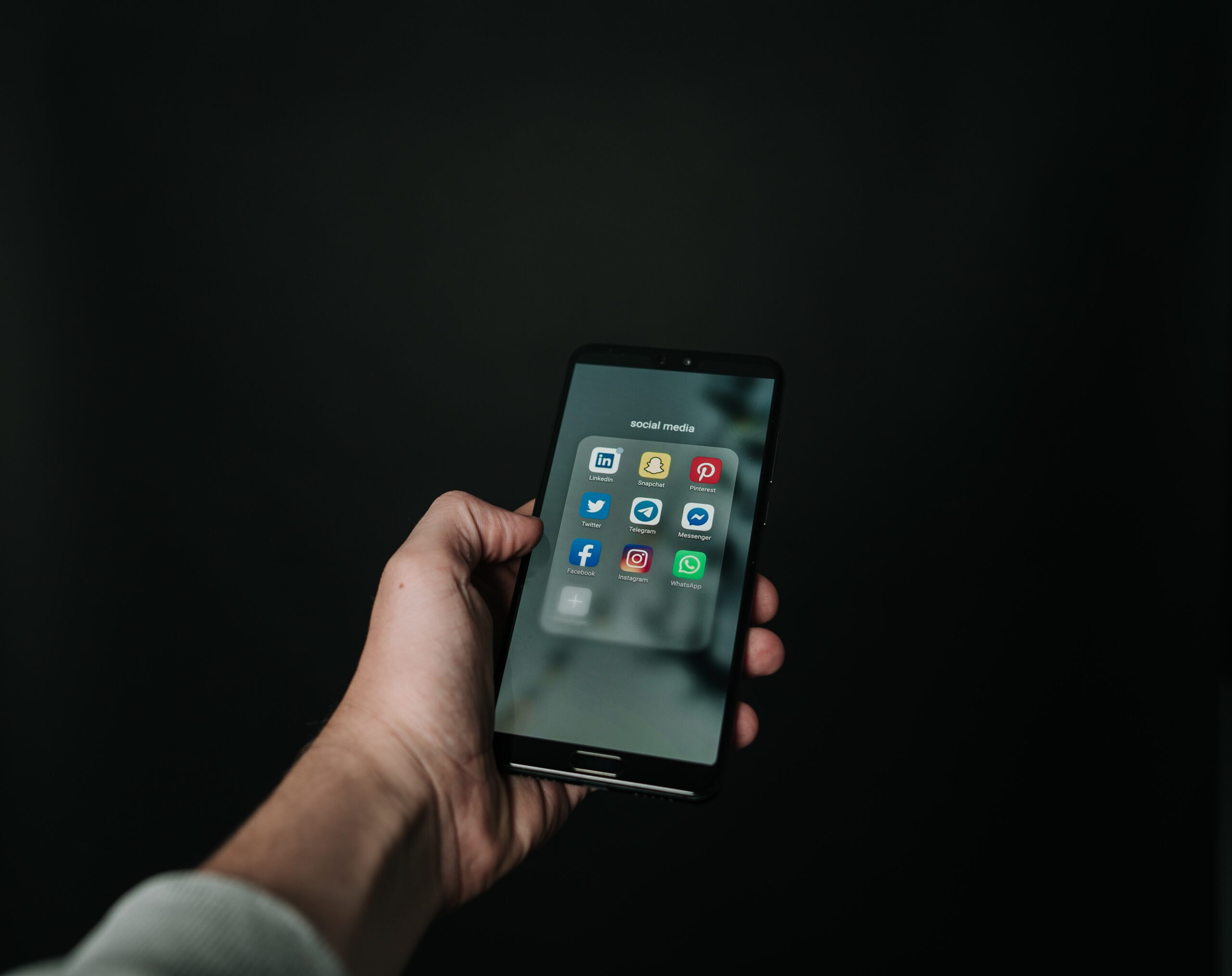
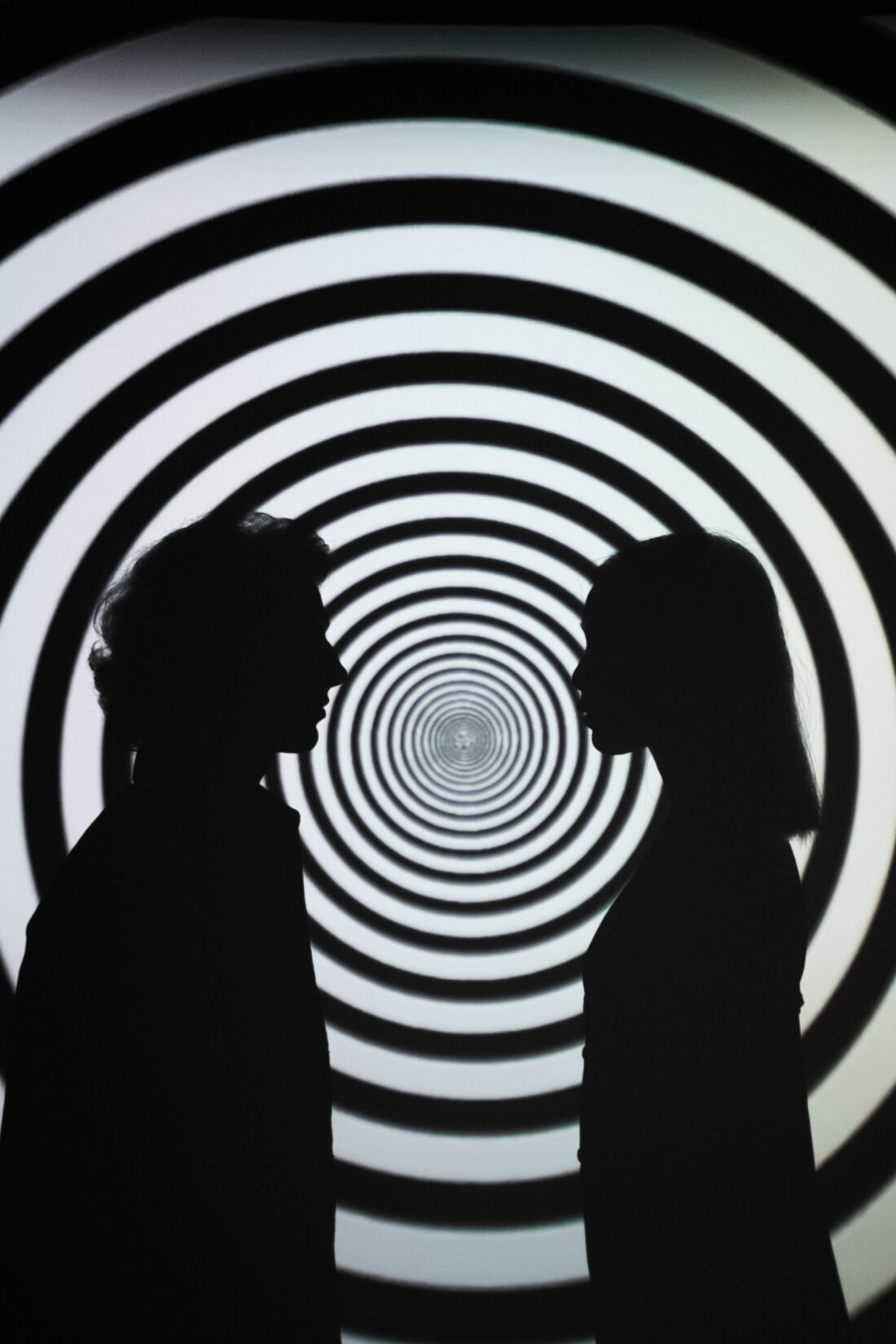

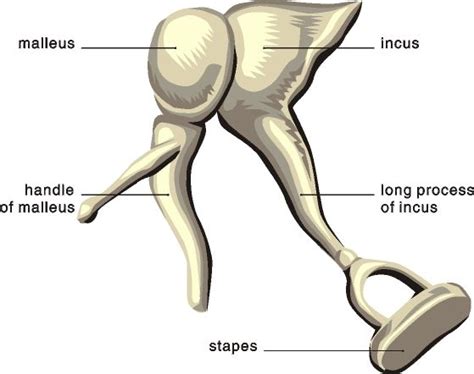
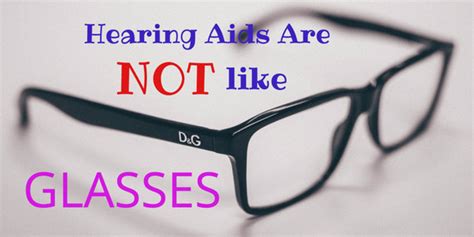
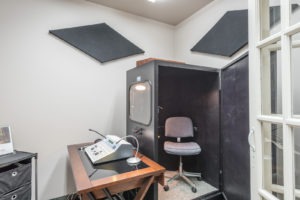
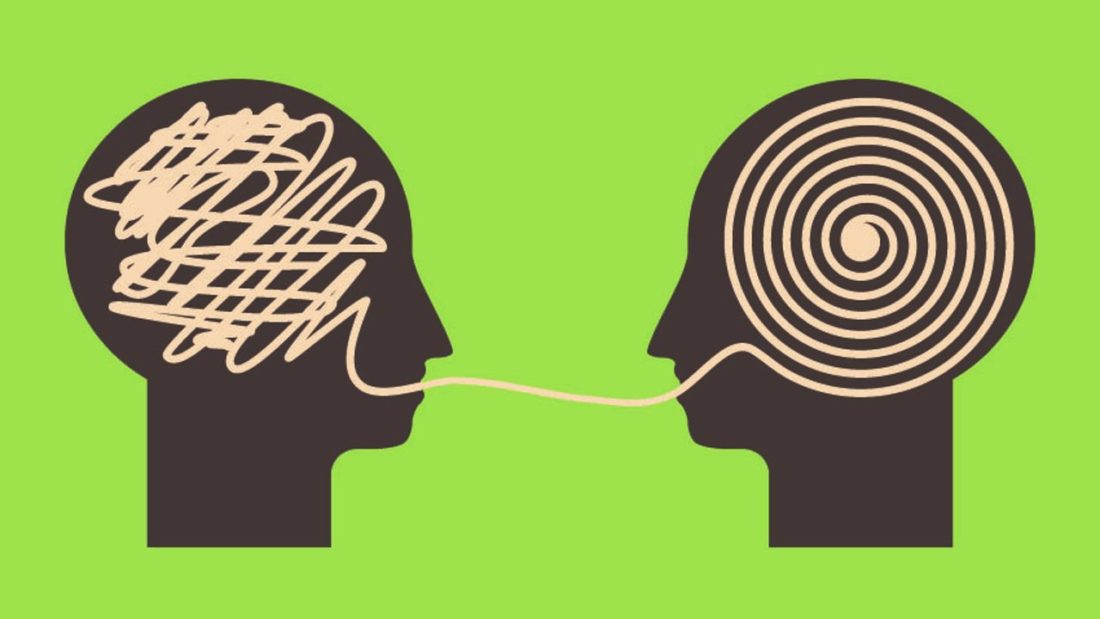


Recent Comments